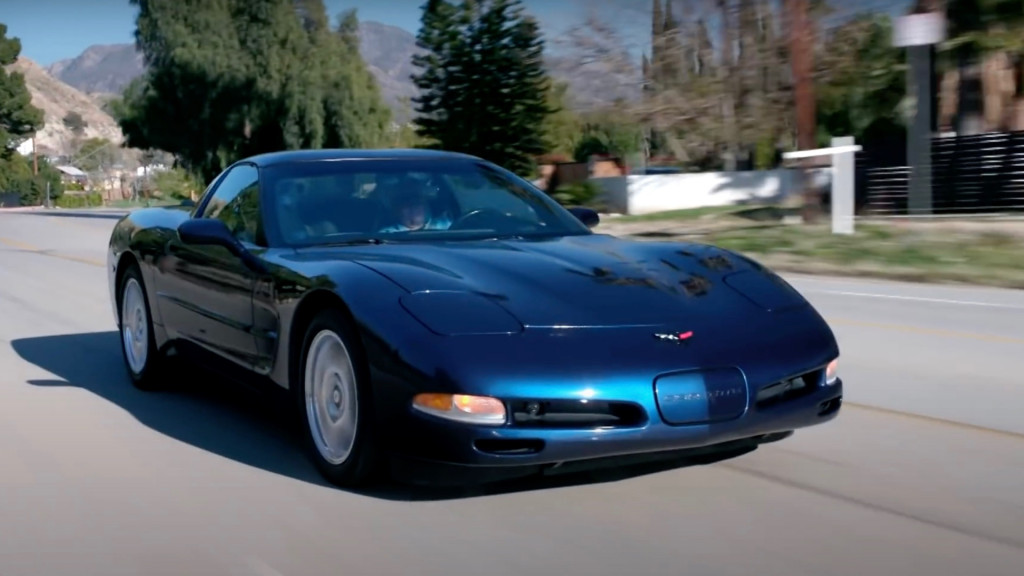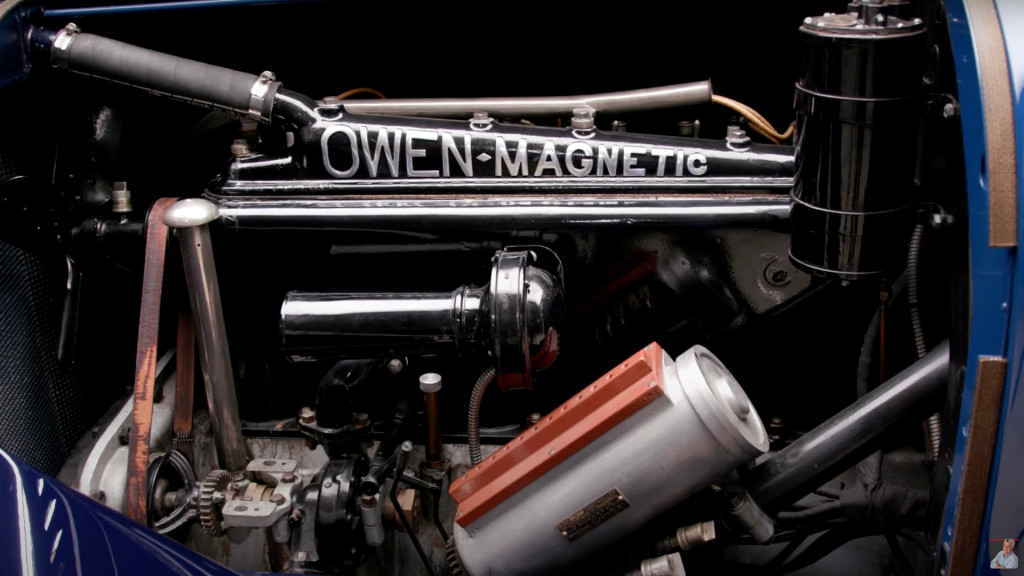Neither classic nor brand new, the C5 Corvette can be easily overlooked. But this generation has a lot to offer, Jay Leno explains in a rundown of his 1999 Chevrolet Corvette on his Jay Leno’s Garage YouTube show.
Launched for the 1997 model year, the C5 was a pivotal moment for the Corvette. General Motors had let the sports car languish, keeping the aging C4 Corvette in production as rivals surpassed it. As documented in the book “All Corvettes Are Red,” the Detroit giant even considered killing off the Corvette, rather than spending money on development of a C4 replacement.
The C5 did get the green light, and it introduced several key engineering features. It kept the fiberglass bodywork of previous generations, but added a stiffer chassis made with hydroformed rails, as well as a rear-mounted transaxle to improve weight distribution. That basic layout would carry over to the following C6 and C7 generations, only changing for the mid-engine C8 Corvette in 2020.

1999 Chevrolet Corvette on Jay Leno’s Garage
This generation also introduced the LS1 V-8, which made 345 horsepower initially. A Z06 performance model was introduced in 2001, with a more powerful version of the V-8 dubbed LS6. It made 385 hp at first, but was later upgraded to 405 hp.
The C5 kept the pop-up headlights and general proportions of the C4 generation, but with smoother surfaces that gave the C5 a more modern look. The C5 launched as a fastback coupe with removable large roof panels; convertible and notchback coupe body styles were added to the lineup later.
Leno, who got his C5 in exchange for driving the Indianapolis 500 pace car, seemed most impressed that Chevy could offer a car like this at a (relatively) affordable price, without pushing into the six-figure range. That’s still the case with the current Corvette Stingray, which offers 3.0-second 0-60 mph acceleration for around $60,000.
Click on the video above for more on the C5 Corvette’s history and engineering, and to see Jay drive the car on the streets of Los Angeles. As always, it’s a pleasure to hear the growl of the LS1 V-8.


